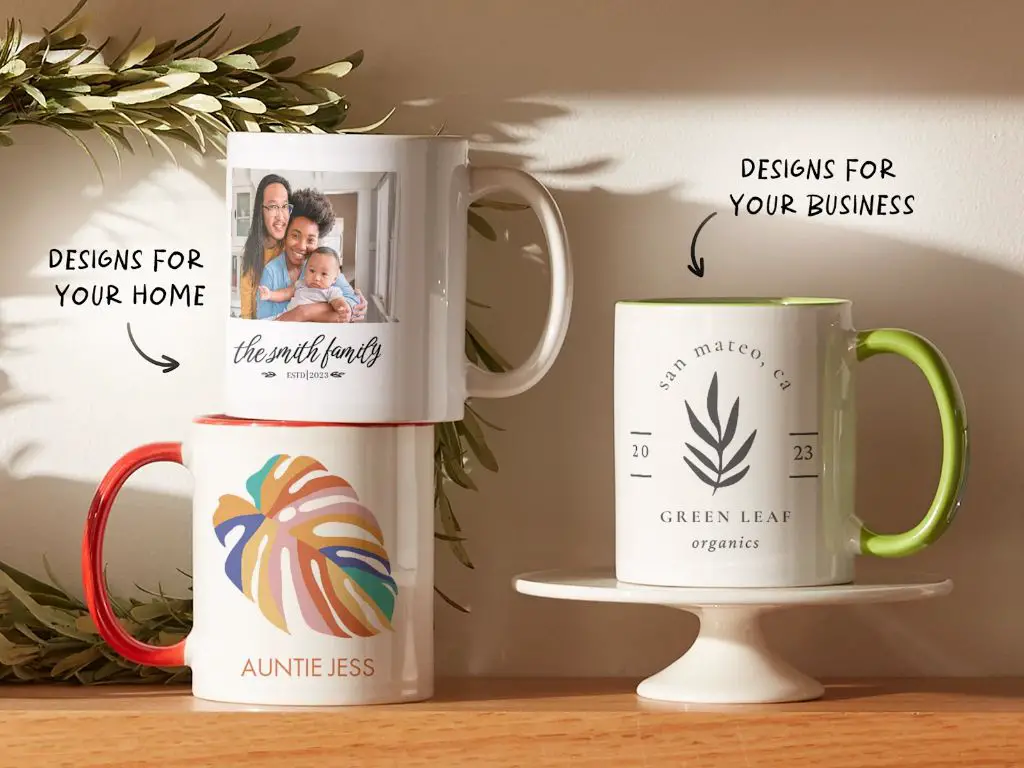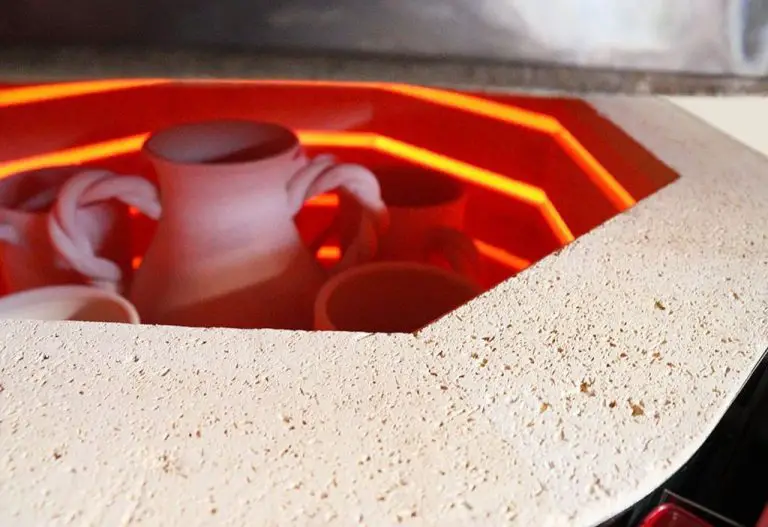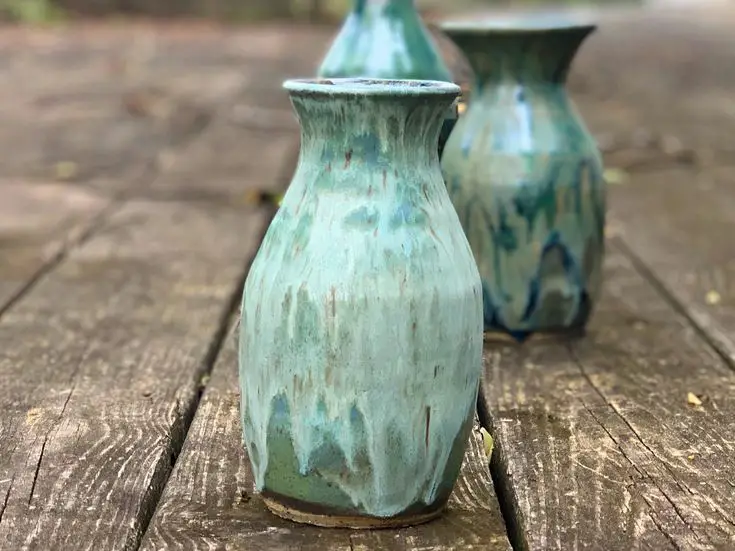How To Print On Mugs For Business?
Promotional products like printed mugs are a popular marketing tool used by many businesses. The promotional products industry in the US is estimated to be worth over $21 billion as of 2023, with steady growth over the last 5 years (Source). Custom printed mugs allow companies to showcase their brand and spread awareness while providing customers and employees with a useful, tangible item. Mugs are a versatile promotional product that can be used for corporate gifting, trade shows, employee recognition, and more. Printing logos, messaging, and custom designs directly onto mugs provides a unique and long-lasting branding opportunity for businesses of all sizes.
Benefits of Custom Printed Mugs
Promotional mugs are useful, memorable keepsakes that customers will appreciate and use often. According to Factory Direct Promos, 78% of consumers own promotional drinkware [1]. Mugs are frequently used at home, work, and on the go, providing incredible brand visibility each time they are used. Unlike flyers or brochures that may be discarded quickly, a mug can be used daily for years to come.
Printing your logo, branding, and messaging on a customized mug is an affordable way to be top of mind and convey goodwill towards clients and employees. Promotional mugs are versatile – they can commemorate events, celebrate milestones, advertise a business, and more. With customization options from the mug style to the imprint method, mugs make thoughtful gifts tailored to interests and preferences.
According to research by Pens.com, 90% of consumers report owning branded drinkware [2]. Mugs are a popular keepsake that recipients will be happy to own and display. The frequent use of a mug enhances brand awareness and creates positive impressions with each sip.
Choosing a Mug Style
There are several common materials used for custom printed mugs, each with their own advantages and drawbacks to consider:
Ceramic: Ceramic mugs are a popular, classic choice. They allow for high quality prints and come in various shapes and sizes. However, they can be more fragile than other materials. Plastic: Plastic mugs are affordable and durable. However, the print quality may not be as high resolution as on ceramic. Plastic also tends to feel “cheaper” than ceramic or metal. 1
Stainless Steel: Stainless steel mugs are very durable, reusable, and retain heat well. The smooth surface can make high quality prints more challenging, but treatments are available to improve print adhesion. Stainless steel has a sleek, modern look. 2
Consider the look, feel, and functionality you want for your branded mugs. Ceramic or stainless steel tend to be preferred for a more premium, professional appearance. Plastic is better for large volumes at low costs. The material affects the pricing as well.
Selecting a Print Method
There are several popular printing methods for custom mugs, each with its own benefits. Three of the main options to consider are:
Pad Printing
Pad printing involves transferring an inked image onto the mug’s surface using a soft silicone pad (https://www.mugstore.co.uk/decorating-method-will-give-best-looking-mug/). It allows printing on curved or angled surfaces, and is ideal for printing logos, text, or simple graphics. Pad printing can use various ink colors and can print multiple colors in one pass.
Screen Printing
Screen printing applies ink through a fine mesh screen directly onto the mug (https://www.everythingbranded.com/blog/our-top-5-methods-for-printing-on-your-custom-mug). It works well for printing multiple solid colors, gradients, or distressed graphics. Screen printing can print complex images, but requires a separate screen for each color. It’s lower cost for bulk orders.
Dye Sublimation
Dye sublimation infuses specially formulated inks into the mug’s surface using heat and pressure. This allows for full-wrap printing around the entire mug with photographic image quality and permanent coloration. It produces the most vibrant and durable prints, but requires special substrates and setup.
The ideal printing method depends on the desired design, image quality, quantity, and budget. Consulting with a knowledgeable printing provider is often the best way to determine the optimal technique.
Design Considerations
When designing custom printed mugs, there are several key factors to consider regarding the mug itself:
Size – Mugs come in various sizes like 12 oz, 15 oz, or 20 oz. Consider the intended use and volume needs. Larger mugs around 15-20 oz are good for the office or home use. The imprint area also varies based on size.
Handle – Handle options include C-handle, double wall handle, and handle-less. C-handles with a large open space are most common. Handle-less mugs have a tapered lip edge to grasp. Consider grip and comfort.
Imprint area – The printable surface area depends on the shape and size. Cylindrical mugs offer more imprint space versus curved or angled shapes. Maximize imprint size within the printable dimensions.

Color – Mug color impacts the imprint appearance. Light-colored mugs like white show designs best. Dark-colored mugs offer high contrast. Metallic or glitter colors add flair.
Adding Logos and Text
When adding logos and text to your custom printed mugs, it’s important to use the proper file formats for the best print quality. For logos, vector image files like EPS, AI, and PDF are ideal. According to The Complete Guide to Promotional Product Logo Imprint, vector images are created using mathematical formulas rather than pixels, allowing them to be scaled to any size without losing resolution or quality. Raster image files like JPG and PNG are not recommended for print since they will become pixelated if enlarged.
For text, make sure to use fonts that are simple, easy to read at a glance, and do not contain thin serifs or delicate lines that may not print well, as advised in Designing Promotional Items from the University of Tennessee. Sans serif fonts like Arial, Helvetica, or Franklin Gothic are good choices. Avoid using more than 2 fonts to keep the design clean and cohesive. You’ll also want to minimize the amount of text due to the limited print area on mugs.
Considering Quantity
When ordering custom printed mugs, you’ll often get the best pricing if you order in bulk. Many suppliers offer discounted rates at certain quantities like 50, 100, 250 or 500 mugs. For example, Custom Printed Mugs provides tiered pricing where orders under 50 mugs are $4.99 each, but the price drops to $3.99 each for orders of 100-249 mugs. Check pricing charts to find the most cost-effective order amount for your needs.
You’ll want to consider how many mugs you realistically need for your intended use. Ordering too many extras can lead to wasted inventory if the mugs go unused. However, ordering in larger quantities can be smart if you anticipate needing more mugs on an ongoing basis. You may be able to store extra mugs to have on hand for future orders, new employees, trade shows, or other purposes. Just be sure to account for storage space and the potential for breakage over time when deciding on order quantities.
Ordering Samples
Before placing a full order for custom printed mugs, it is highly recommended to order a few samples first. This allows you to review the print quality and ensure the mugs will meet your expectations before committing to a large order. Some key benefits of ordering samples include:
Checking print color accuracy – Colors on a computer screen often look different when printed on a mug. Ordering samples lets you see the true printed color before the full order.
Assessing print quality – Factors like image resolution can affect final print quality. Review samples to ensure the graphics and text print cleanly and look professional.
Testing different mug types – The shape, size, and material of the mug impacts durability and how graphics print. Compare different mug types by ordering samples.
Making design tweaks – If needed, you can request design modifications based on reviewing the samples before the full order goes to print.
Most reputable mug suppliers only charge a small fee for 1-2 sample mugs. This upfront investment helps avoid wasted inventory from ordering in bulk before seeing the final product first-hand. Be sure to factor samples into your budget and project timeline.
According to Everything You Need to Know About Ordering Promotional Products, “This is a great option for those who want to get a true sense of the imprint quality and overall look and feel of the product before pulling the trigger on a large order.”
Finding a Reputable Supplier
When sourcing custom printed mugs, it’s important to find an experienced supplier with a reputation for great customer service and fast turnaround times. According to PPAI, some of the top suppliers of promotional products in the US include SanMar, S&S Activewear, and Hit Promotional Products. Focus on suppliers that have been in business for many years, as they are more likely to have established relationships with mug manufacturers and understand the ins and outs of the ordering process.
Be sure to ask about turnaround time from order to delivery. An experienced supplier will be able to provide accurate estimates and transparency about their production timeline. For custom orders, 2-3 weeks from order to delivery is standard, but faster options may be available for a rush fee. Also inquire about customer service – you want a supplier that provides guidance during the design process and is easy to reach if any issues come up.
Before finalizing your order, get samples of the printed mugs so you can verify quality. A reputable supplier will provide free virtual previews and inexpensive physical samples. Once you’ve confirmed the design looks great on the final product, you can proceed with confidence in your supplier choice.
Budgeting and Timeline
When budgeting for custom printed mugs, you’ll need to consider both the per unit costs and production/shipping time. Expect to pay anywhere from $4-$15 per mug depending on the quantity ordered, printing method, and other customization options. The more mugs you order, generally the lower the per unit cost will be. For example, a simple one color print may cost around $4-6 per mug for an order of 100 units, but closer to $2-3 per mug for an order of 500 units.
Production time also varies. Screen printed mugs often take 10-15 business days, while dye sublimation printed mugs usually take 1-3 days. Then after printing, factor in shipping time which depends on your location and chosen shipping method. According to https://www.posterburner.com/CustomCoffeeMugs, custom printed mugs typically take 2-3 business days to print and ship when using dye sublimation. It’s important to plan the production timeline accordingly, especially if ordering mugs for an event or promotion by a specific date.
Be sure to get accurate quotes and production time estimates from potential suppliers before finalizing your mug order. Ask about rush production options if needed to meet a tight deadline. And order a few samples first to ensure the quality meets your expectations.




